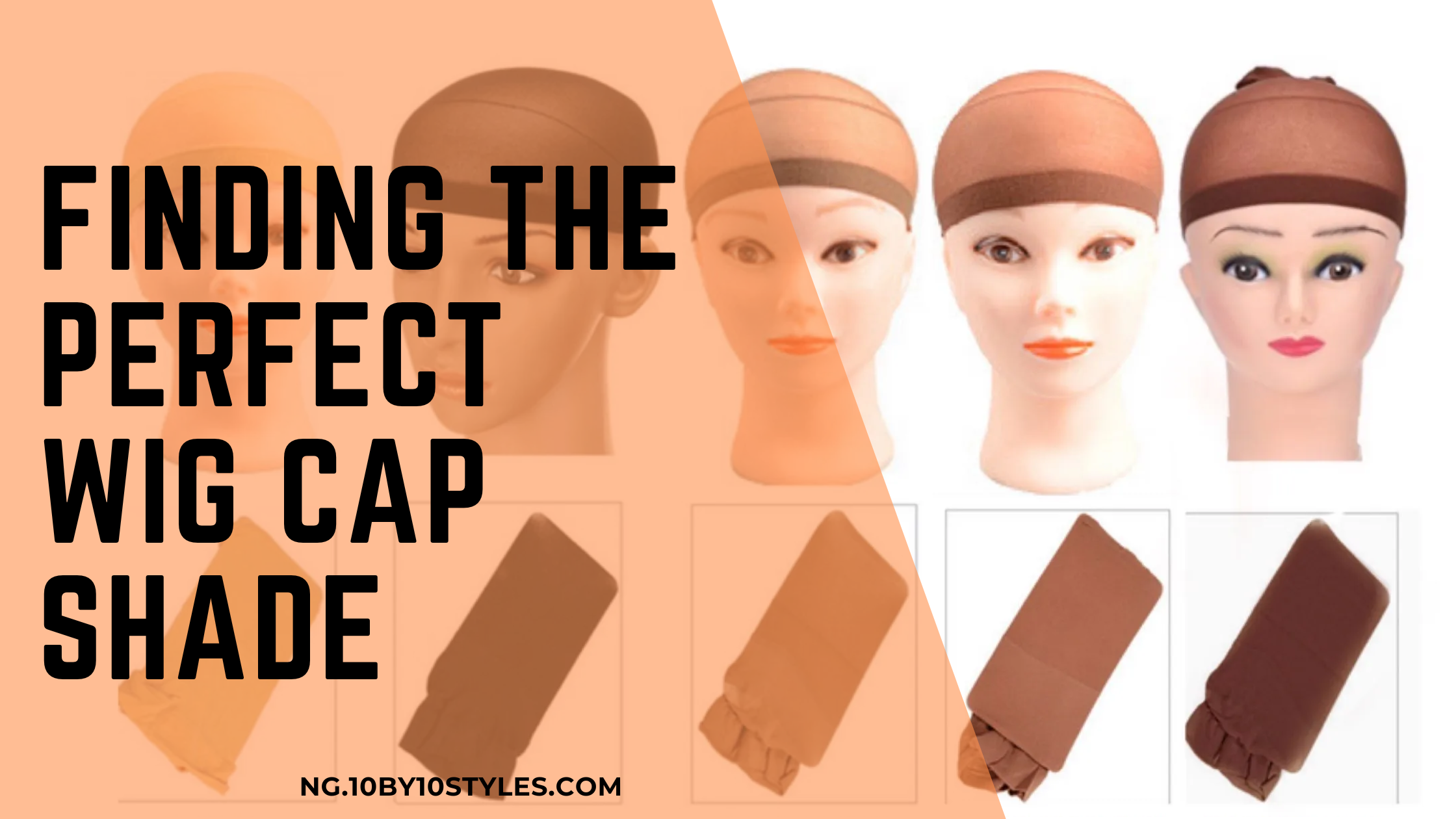HOW TO PREVENT EXCESSIVE SHEDDING OF WIGS AND WEAVE
All wigs shed no matter what you do to them, and a little shedding is normal. But when you notice hair all over your counters, floors, and furniture, you’ve got a problem. A unit that’s shedding too much won’t last very long. Here are some of the reasons why your wig may be shedding more than usual.
CAUSES
Rough handling - Wigs are vulnerable to shedding when they’re handled too roughly. To put things simply, the more you tug on your wig’s hairs, the more shedding you may experience.
Bleached knots - The lace portion of wigs is especially fragile, with loose hairs hand-tied to the lace base. Whenever these knots are bleached, they weaken, and the hairs shed.
Lack of nighttime protection - When you wear your wig to bed without protection, the hair rubs up against your pillow and covers, leading to tension and friction which results in excessive shedding.
Wrong Products - When you use harsh products on your wig, the hair begins to lose moisture and brittleness begins to set in. Shedding won’t be far behind.
PREVENTION
Combing Technique: If you’re used to combing your wig from roots to ends, this tip is for you. When you comb from roots to ends, you put unnecessary pressure and tension on the wig’s roots. You’re also more likely to rip through the hair strands. To minimize shedding, you should comb your wig from the tips to the roots. Combing from the ends allows you to gently remove knots as you move upwards toward the roots.
As you pull the comb through your hair, you should also hold the hair near the roots to keep it from being pulled.
Use of Greasy Products: You may think that using greasy products on your wig is helpful when trying to achieve certain styles. But the problem is that products like these tend to accumulate on the strands and cause buildup, which leads to excessive tangling. This will require you to do more detangling, and each time you detangle your wig, there will be some shedding.
Minimize Heat Styling; Heat styling is damaging to your wig. And when you use it too much or apply it directly to the lace, it can burn the lace and cause the wig hair to shed. To minimize shedding, don’t apply heat directly to the lace, and try your best to space out your heat styling sessions. Whenever you use heat to style your hair, keep the heat setting as low as you can.
Seal Your Wig Knots; The most vulnerable area on a wig is the lace frontal or closure. Those hairs are the most prone to shedding. So, to reduce your risk of experience shedding from the lace, we recommend that you seal the knots. This is done by Simply turn the wig inside out and lightly spray the sealer on the mesh or lace. Allow it to completely dry before wearing. The sealer should be applied after every wash and/or conditioning.
Detangle Your Wig Often; Another thing that you can do to keep your wig from shedding excessively is to keep it detangled. Experts say that you should brush your wig every day to keep it from developing knots and tangles. This is extremely important because once your wig gets matted, especially at the nape of the neck, detangling it will be much harder and cause more shedding.
Protect Your Wig At Night: Protecting your wig at night can greatly reduce shedding. The best-case scenario is to take your wig off every night and place it on a mannequin head. But if you’d rather not take your wig off daily, you can do the following to keep shedding at bay:
- Braid your wig down if it’s long. Be gentle and do just one or two braids. Be careful not to braid tightly; the braid should be loose. Use an ‘ouchless’ hair tie at the ends to keep the braids from unraveling.
- Put on a silk scarf or bonnet. Doing so will minimize how much your hair moves throughout the night. It will also protect the hair from moisture loss.
- In the morning, remove the bonnet or scarf, unbraid the wig, and style your wig as usual.
Keep Your Wig Clean; As previously mentioned, buildup can lead to tangles and eventually shedding, to prevent that, make sure that you keep your wig clean. On average, we recommend washing your wig every 15 wears. However, depending on how often you wear the wig and which products you use on it, you may need to wash your unit more frequently. Anytime your wig feels sticky or dirty and seems to be getting more difficult to detangle, it may need a wash.
Try Not to Scratch; Scratching your scalp through your lace can loosen up the wig’s knots and cause shedding. So, whenever your scalp itches, instead of scratching, gently pat your head. It may not give you quick relief, but it will take the edge off of the itch. If your scalp itchiness is severe, you should examine your scalp’s health and treat any underlying issues there. It could be scalp dryness or dandruff.
Keep Your Unit Moisturized with deep conditioning treatments; A dry wig is more likely to shed than a moisturized one, so it’s in your best interest to keep your wig hydrated. Wigs don’t get natural moisture from the scalp, so you’ve got to give your wig the oils it needs. Be sure to use lightweight oils like argan oil, coconut oil, or Moroccan oil when treating your wigs.
For free consultation with our professional stylist, kindly click : 10x10 Brand Official Site
Or place a call to 0909 810 1010 to book an appointment.
Thank you for reading!
10x10 Love








